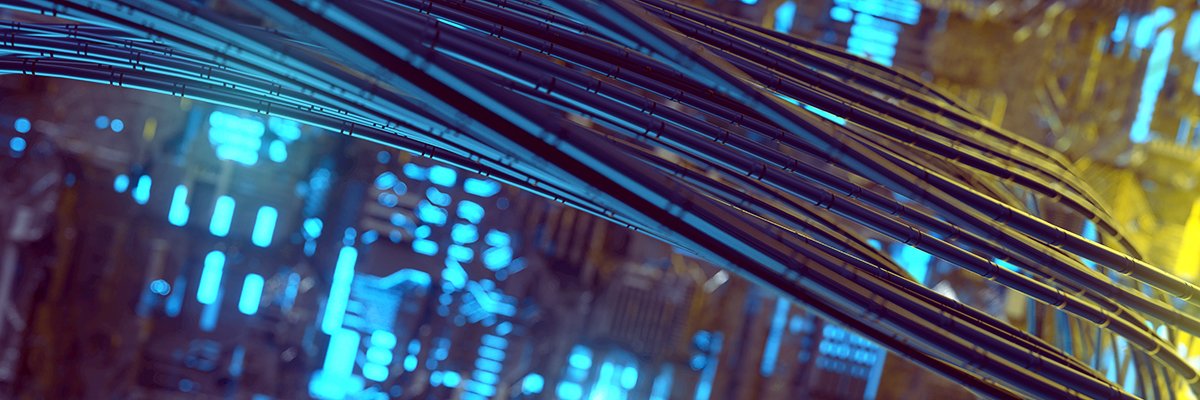Editor's note
Budget constraints, reliability concerns and changing technologies present a myriad of options for new servers. Weigh the pros and cons of rackmount servers versus blade and microservers.
This guide to understanding server form factors can help cut through the hype and let IT professionals find the system that fits their needs and budget.
